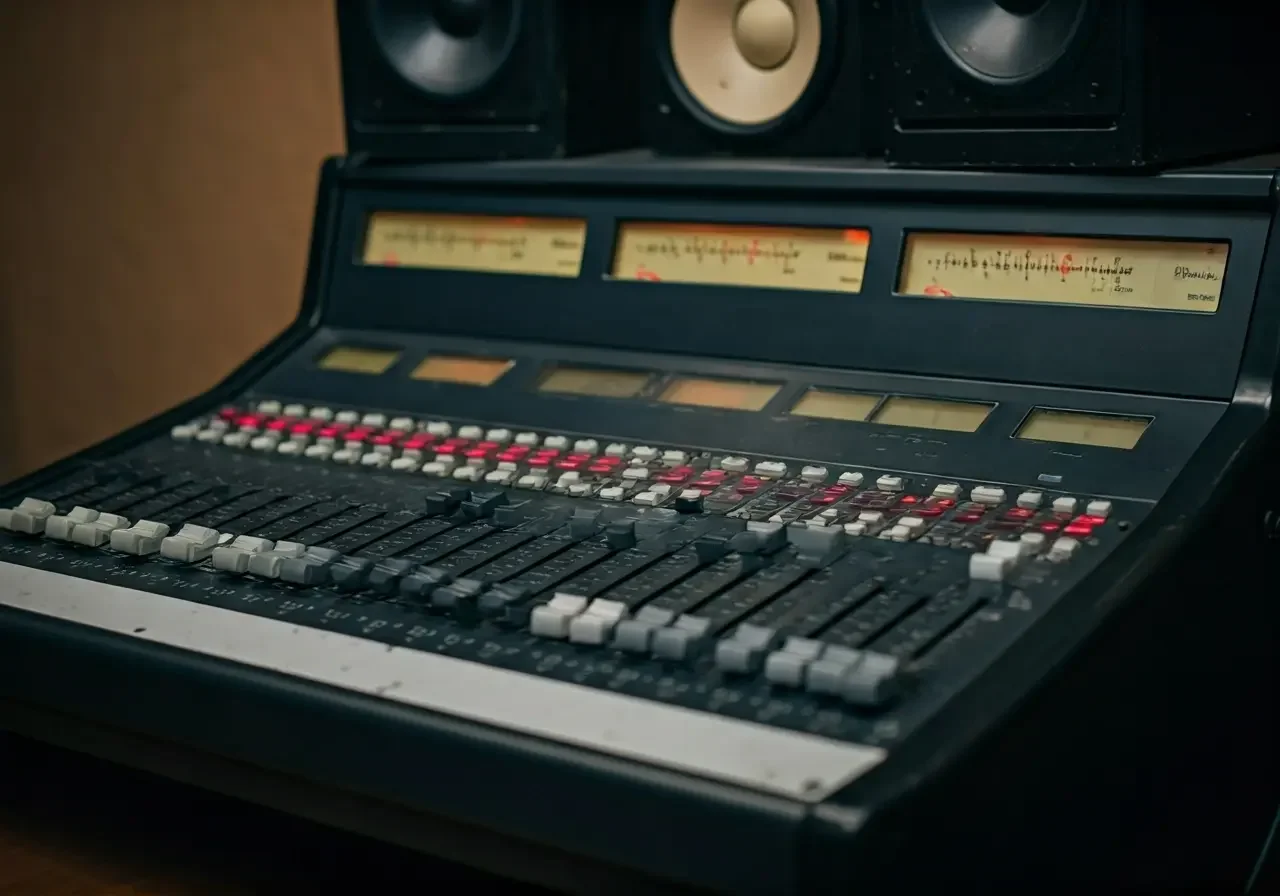Audio Mastering Techniques: Essential Tips for Musicians
Mastering audio is the final step in music production, where your tracks get the polish they need to sound professional and industry-ready. Understanding the basics of audio mastering can empower musicians to elevate their music. In this guide, we'll explore essential techniques that will help you craft a pristine sound.
Understanding the Role of Audio Mastering
Audio mastering is not just about boosting the volume; it's about bringing balance, clarity, and cohesion to your tracks. It prepares your songs for distribution across various platforms, ensuring they sound great everywhere. The nuances of mastering involve leveraging various techniques to enhance the sonic qualities of your music so that each note can be heard clearly, contributing to the overall experience of the listener.
In today's diverse streaming landscape, mastering becomes even more crucial. It's the phase where your music can be tweaked to cater to different speaker systems without losing any of its initial essence. When professionally done, it ensures that whether your audience is using earbuds, a car stereo, or high-end speakers, the quality remains consistent. Mastering helps unite the musical tracks in an album to sound coherent, part of the same narrative, which is essential for thematic releases.
Tools of the Trade: Essential Mastering Equipment
To begin mastering your audio, you'll need a reliable digital audio workstation (DAW), high-quality speakers or headphones, and a selection of mastering plugins. These tools are fundamental in helping you achieve a polished sound. In particular, investing in a quality DAW can significantly influence your workflow, providing a platform where all audio should be analyzed through precision metering and visual tools.
Mastering plugins like equalizers, compressors, and limiters are the backbone of audio treatment. Each tool has a specialized role; for instance, equalizers can be used to remove unwanted frequencies and enhance desired ones, while compressors help in managing audio dynamics without losing the music's emotional peak moments. These tools function synergistically to bring out the unique character of each track in an album.
Don't forget the importance of a proper listening environment and sound calibration. A well-treated room can drastically improve your mastering outcomes. Professional-grade monitors should be calibrated, and using bass traps can manage low-end frequencies to mitigate standing waves that might skew what you hear. Learn more about optimizing your mastering space.
Setting the Stage: Preparing Your Mix for Mastering
Preparing your mix is crucial before mastering. Make sure your tracks are balanced, with no clipping distortion. Consider the dynamics of the track and ensure there’s enough headroom to work with during the mastering process. Headroom is particularly vital as it gives the mastering engineer enough space to process the track without introducing undesirable distortion.
Organization within your DAW is key. Label your tracks clearly and organize them into logical groups. This not only helps during mixing but also streamlines the mastering phase. Whether it’s the levels, pan settings, or effects, ensuring they are all well-adjusted will make the mastering phase much smoother.
Step-by-Step: Core Audio Mastering Techniques
Start with equalization to balance frequencies, then move on to compression to manage dynamics. Use stereo enhancement to add depth and richness, and finally, apply limiting to ensure your track reaches optimal loudness levels. Each step needs careful consideration; for instance, during equalization, identify the 'sweet spots' where instruments like vocals or acapella harmonize with backing tracks, creating a balanced spectrum.
Compression is where you manage the dynamics, bringing out quieter parts and controlling the louder segments, ultimately giving a polished uniformity to your track. It's important to monitor attack and release parameters, as these will dictate the feel of the track’s rhythm. Along with this, consider stereo imaging to broaden the sound stage, adding width which can transform a simple track into a vibrant listening experience.
Finally, sealing the mastering process with a limiter ensures your track remains within industry loudness standards without any distortion. Apply ceiling settings judiciously and keep a firm eye on how they interact with the entire mix. For further insights on these techniques, explore our detailed guides at StarSound Studios.
Troubleshooting: Common Mistakes and How to Avoid Them
Avoid over-compression, which can make your track sound lifeless. Be mindful of over-EQing, which can alter the natural sound of your music. Always reference your track against popular songs to maintain perspective. It's beneficial to switch your monitoring between mono and stereo to truly understand your mix's behavior in real-world applications.
Another pitfall to watch out for is the 'Loudness War,' where excessive limiting in an effort to compete for loudness can strip away musical nuance. Listening fatigue is real; thus, take frequent breaks, and revisit your project with fresh ears. Remember, the essence of mastering is not just loudness but optimal tonal balance and clarity. For assistance, our audio mastering service can guide you in avoiding these pitfalls.
Bringing it All Together: Elevate Your Music with Mastery
Mastering audio can truly elevate your music, giving it the professional sheen it deserves. By understanding these essential techniques, you can approach your music production with more confidence and creativity. Remember, great mastering is all about fine-tuning your instincts and using your tools wisely. Visit our homepage for more resources and services to get started on your mastering journey!

